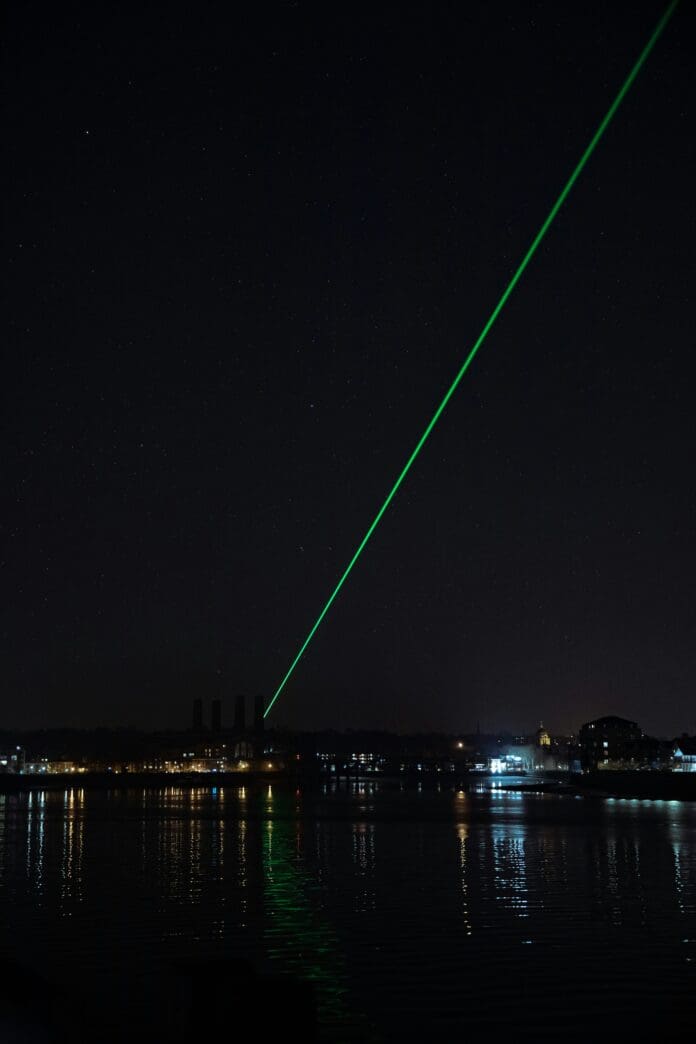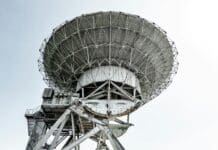This post is also available in:
 עברית (Hebrew)
עברית (Hebrew)
As modern warfare evolves, so do the technologies designed to protect military forces. In a significant development for air defense, UK Royal Army RAF pilots are now closer to utilizing a state-of-the-art laser self-protection system. Following successful live-fire trials that achieved an impressive 100% success rate, this cutting-edge technology promises to enhance the safety and effectiveness of UK military aircraft.
The live trials took place at the Vidsel Test Range in Sweden, where the system demonstrated its capability to defeat multiple infrared heat-seeking missiles fired simultaneously. Designed for various UK military aircraft, including the Shadow R2 intelligence-gathering aircraft and the A400M transporter, this laser system enables rapid detection and neutralization of missile threats.
Developed through a collaboration known as Team Pellonia, which includes Leonardo UK, Thales UK, and the MOD’s Defense Science and Technology Laboratory (Dstl), the system showcases advanced precision and effectiveness. Defense Secretary John Healey emphasized the importance of quickly identifying and neutralizing airborne threats, stating, “We’re equipping our Armed Forces with the very latest technology to keep them safe and give them the advantage on operations.” The success of this laser system not only boosts the safety of UK forces but also positions the UK as a leader in cutting-edge military technology.
According to the press release, The system operates through Thales’s Elix-IR threat warning system, which uses sophisticated algorithms to filter out background noise and focus on genuine threats. Once a missile is detected, an alert is sent to Leonardo’s Miysis directed infrared countermeasure system, which expertly tracks the incoming missile and directs a jamming laser with pinpoint accuracy.
The rapid response of this technology allows threats to be neutralized extremely quickly, ensuring the safety of aircrew and the effectiveness of operations. The recent tests were observed by senior military officials from various NATO countries, reinforcing collaborative defense efforts among allies.
Mark Elson, Dstl’s Chief for Air Survivability, highlighted the system’s agility in adapting to evolving threats, stating that it provides long-term operational advantages for the UK and its allies. As the UK military continues to invest in innovative solutions like this laser self-protection system, the emphasis on maintaining operational independence and supporting allied forces remains paramount.


























